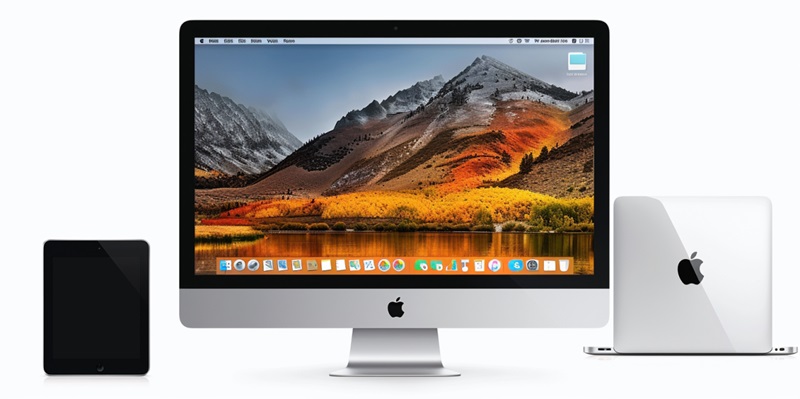In a significant move sure to make waves among developers and tech enthusiasts, the upcoming macOS 15 Sequoia will introduce game-changing updates to Apple’s virtualization framework for its line of Apple Silicon Macs. This breakthrough development means users will now be able to log into iCloud directly through macOS virtual machines (VMs), an unprecedented feat that enhances not just functionality but also the overall user experience within the Apple ecosystem. It’s clear that with this new capability, Apple is focused on building out a more seamless and integrated software testing environment, reinforcing its dedication to creating a more robust and user-friendly platform.
iCloud Accessibility within Virtual Machines
Navigating the intricacies of software development often involves dealing with various testing environments to ensure that applications run smoothly on different systems and configurations. This is where the latest enhancement to Apple’s virtualization framework becomes instrumental. By allowing users to log into iCloud within a macOS VM, Apple is significantly upgrading the testing capabilities for developers. However, this is not without its restrictions. The feature currently demands that both host and guest operating systems run macOS 15 or subsequent versions. Moreover, the VM setup process requires a fresh start with a macOS 15 install image, which could marginally constrict developers who wish to test across diverse macOS iterations.
This change marks a turning point that primarily facilitates developers who need to work with iCloud data without direct hardware dependency — a notable advantage for those committed to creating and fine-tuning apps within Apple’s walls. While developers do gain the benefit of a more reliable and simpler testing process for iCloud functionalities, the constraints placed on the OS versions pose a consideration that will particularly weigh on those maintaining backward compatibility in their applications. Nevertheless, these steps taken by Apple foreshadow an evolving landscape where the virtual and physical realms of Mac computing are more closely knit than ever.
Unique Identity for Enhanced Security
In true Apple fashion, where each device has its unique identity tied to robust security protocols, macOS 15 Sequoia extends this paradigm to the virtual domain. Now each VM crafted on the Apple Silicon Mac will be assigned an individual identity extracted from the host’s Secure Enclave, mirroring the security benchmarks set by physical Apple devices. This means that transferring VMs between devices won’t be as simple as a drag and drop. Each transfer will require re-authentication with iCloud services, acknowledging the heightened security measures that Apple is known for.
The introduction of a distinctive identity for each VM not only maintains consistency with Apple’s approach to security but also introduces a level of individuality for virtual macOS instances that parallels the experience of a physical machine. Data security and privacy remain uncompromised, as developers can be assured that their testing within VMs will adhere to the same high standards that they expect from Apple’s hardware.
Relevance for Cross-Platform Virtualization
In what marks a significant technological advancement, the update will permit users to access iCloud straight from within macOS virtual machines (VMs). This achievement represents a leap forward in both operational efficiency and the enhancement of the user interface within the Apple realm. This evolution is indicative of Apple’s commitment to delivering a more coherent and user-centric testing milieu for software developers. By doing so, Apple fortifies its position, intent on offering an even more powerful and intuitive computing platform that aligns with its ethos of seamless integration and superior user experience.

